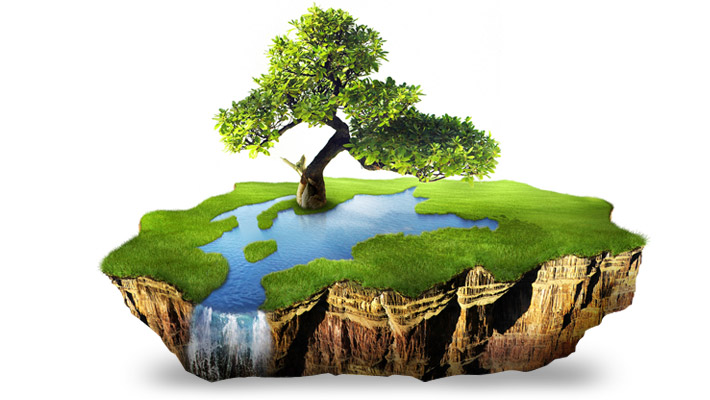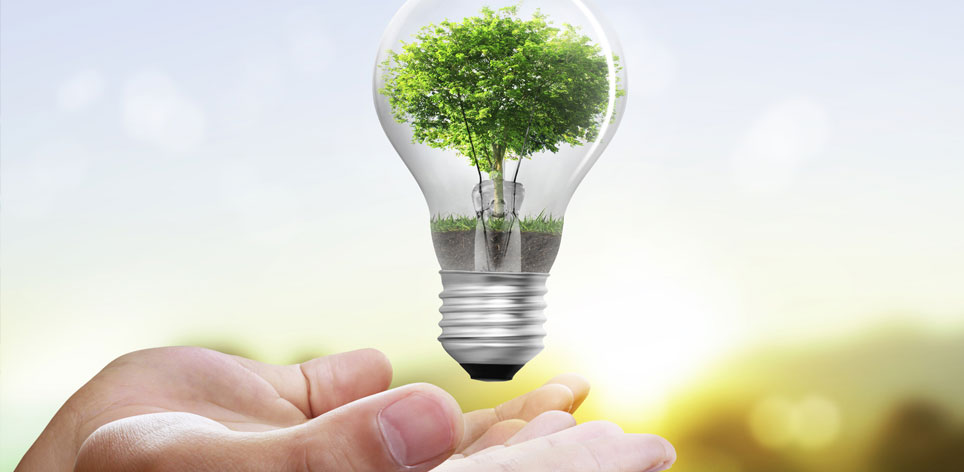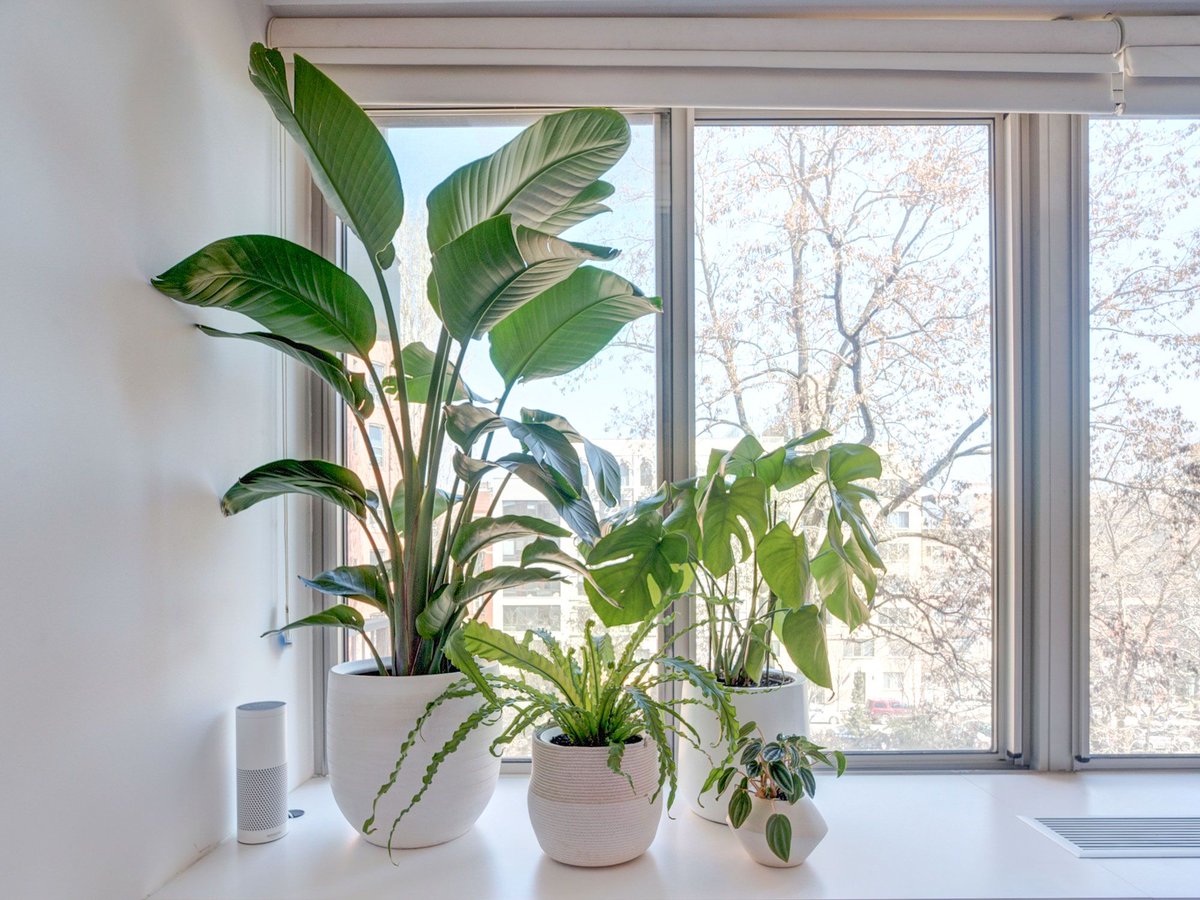You’ve probably been thinking about this for quite some time now. Not only does an eco-friendly home show what a responsible neighbor/citizen/human being you are, but it also decreases the utility bills while boosting the home value. Therefore, it’s a win-win situation, so let’s take a look at several easy ways to make your home “greener”.
Save the blue planet

Turning off the tap while brushing your teeth is something you were taught a long time ago, but what else could you do? Apparently, you can do lots:
Get a low flush toilet – there really is no need to waste water every single time someone visits a bathroom (just multiply the number of your family members with the approximate number of times they go to the restroom, and you’ll be amazed). An average low-flow toilet can save up to 94 litres on a daily basis (!).
There are two types to choose from: gravity-flush toilets, and pressure-assisted ones. The latter is more expensive and complicated, but also more effective, especially with solid waste.
Buy a smart showerhead – ignore the latest decoration trends and don’t install a freestanding bathtub, but rather stick to the good old shower, and modernize it.
Smart showerheads can save on hot water in your household. If you know that showering takes up as much as 25% of the overall hot water usage in a household, and a smart showerhead allows you to save 50% of it, it’s no wonder they have taken off. Moreover, smart showers come with some interesting additions: you can listen to music, answer the phone, or indulge in different showering styles (from relaxing rainfall to revitalizing high pressure).
Reuse the water – to water your houseplants, you could start using the water you’ve boiled some pasta in, or direct the grey water to your garden.
Check for leaks – closely inspect not just the bathroom and the kitchen, but all the areas with pipes. This is both eco-friendly and could save you from quite a lot of trouble in the future.
Therefore, it is absolutely possible to reduce water consumption with some minor changes in your habits and investing in some new products.
Go green for real

The easiest way to go green is to literally introduce some greenery into/around your home.
Buy more houseplants – you’ve already noticed how for some reason you feel more at ease in spaces which have plants, and it’s a fact. Plants do have that calming effect on us, helping us deal with our hectic lifestyles. As for the ecological benefits, they reduce carbon dioxide levels, as well as the notorious VOCs, benzene and nitrogen oxide. Bromeliads are especially popular in this manner.
Grow your own vegetables – by doing so, you’re contributing to CO2 reduction, and you’ll be living a healthier life, too, especially if you opt for sustainable gardening.
Redesign the garden – it’s about time you introduced some variety to it, isn’t it? Minimize the lawn area, and plant some succulents and local species which are resistant to droughts and weather changes. Add some mulch to it, and you’ll have no problems with the weeds and frequent watering.
Save the electricity

We can’t possibly imagine our lives without it, so here is how to preserve it:
Get rid of the vampires – just think how many of you are leaving their phone chargers plugged in.
Chances are there are at least two wasting your precious energy as you are reading this.
Curiously enough, all your appliances with a digital clock are potential culprits, too. A microwave, which is by the way excellent in saving energy when preparing food, overall uses more power to keep the clock going than to actually serve its primary purpose!
Since unplugging every single appliance would be a real bore, see if you can group all of them into a power switch with an on/off function.
Go shopping – being eco-friendly implies having all the newest household appliances, as the latest generations are specially designed to save as much energy as possible. On that account, you’ll be doing yourself a great favor if you buy a new washing machine.
An extra tip: try to wash in cold water whenever possible, as heating uses most of its energy. Also, the fridge should be some 7.6 cm away from the wall for retaining the best temperature.
Window tips

Inspect your windows to check if any energy is being wasted. Nothing helps lose the heat (or increase the temperature during summer) like window frames in poor shape. Wooden ones are definitely the most eco-friendly: the insulation is better, they are durable, and they do not contain toxic materials.
Double-glazing is a highly recommendable option, but if anything, you can always do some weather stripping and have the curtains made out of thicker material.
Rags to riches
Speaking of materials, how often do you use/waste paper towels? Instead of thinking about how many trees had to be cut in the manufacturing process, why don’t you simply go back to using a simple cotton rag? You can’t deny there aren’t some nice patterns out there.
It can’t be denied that solutions on how to make your home less harmful to the environment are quite practical. What is more, they are definitely going to make your life less stressful and more comfortable. To sum up, being eco-friendly has never been easier, so have a go at it and you’ll see just how much your lifestyle will improve.